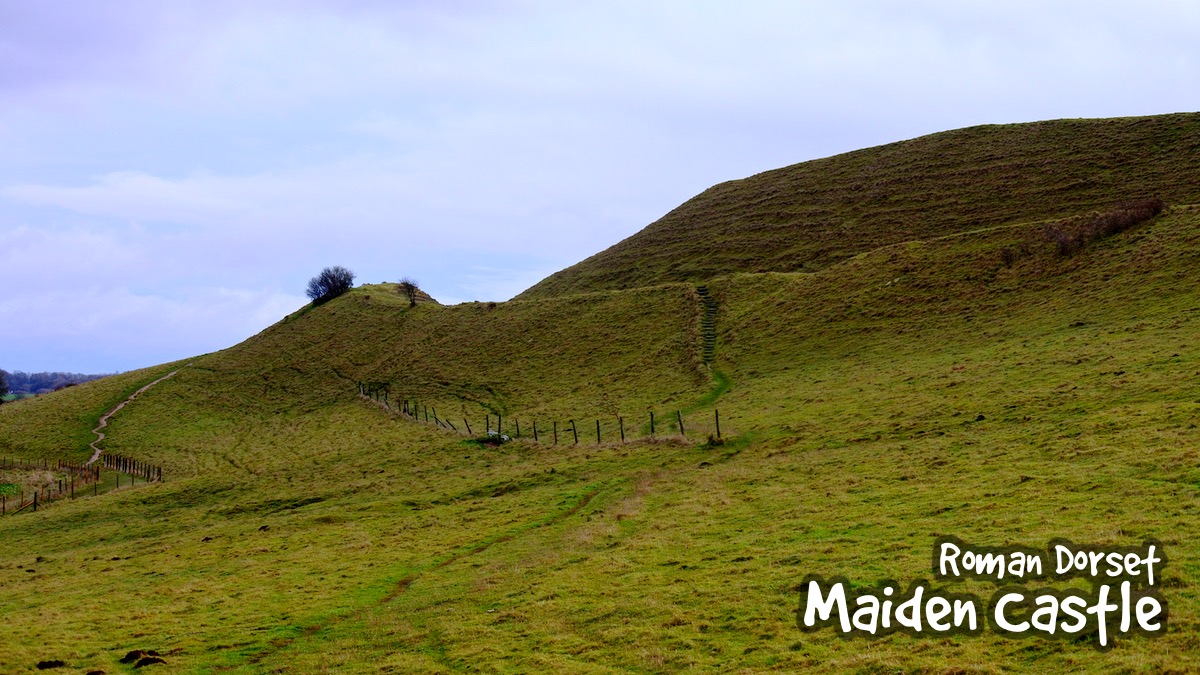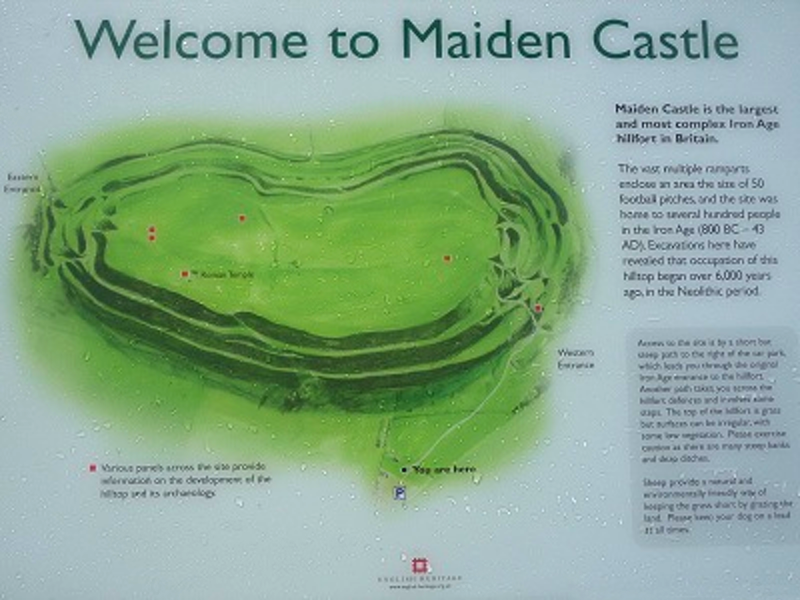
The area we know as Dorset, has been settled since at least Stone Age times with artefacts dating back to the Neolithic era. Information between the Neolithic Era and the Bronze and Iron Ages is by its very nature hard to form into a conclusive history of those times.
The ancient inhabitants of these islands did not write anything down and modern archaeologists and historians rely heavily on the reports given by the Romans in works such as ‘Commentarii de Bello Gallico‘ and Suetonius‘ work ‘De Vita Caesarum‘, best known in English as The Twelve Caesars. As Suetonius was i) A Roman and (ii) not born until AD69, we should take any works as approximate rather than the balanced reports we are used to today.
The Tribes of Britain
In the Bronze and Iron Age, Southern Britain, along with the rest of the islands, was populated by a number of Celtic tribes, many with conflicting outlooks and backgrounds. Some warlike, others happy just to eke out a living. A slice across the south of Britain would consist of:
Dumnonii – settled in Cornwall, Devon and West Somerset;
Durotriges – settled in modern Dorset, south Wiltshire, south Somerset and Devon east of the River Axe;
Belgae – settled to the north and east of the Durotriges, in east Somerset, east Dorset and Hampshire;
Atrebates, a Belgic tribe, originally from the Artois region of northeastern France, close to the border with what is now Belgium. Their capital was at Nemetocenna, present day Arras. In Britain their territory included parts of Hampshire, Berkshire and Surrey;
Regnenses, a Belgic tribe occuping part of Hampshire and West Sussex, with their capital at Noviomagus Reginorum, present day Chichester;
Dobunni, whose kingdom spanned modern Gloucestershire, Wiltshire, South Herefordshire and Warwickshire, with their capital at ‘Corinium Dobunnorum’ (Cirencester); and the
Catuvellauni, a warlike tribe whose whose capital was ‘Verulamium’ (St. Albans). Their large kingdom encompassed Cambridgeshire, Northamptonshire, Bedfordshire, Hertfordshire, Buckinghamshire and Oxfordshire and bordered the kingdoms of the Iceni, Trinovantes, Corieltauvi, Dobunni,Regnenses, Cantici and Atrebates.
Durotriges. As we have already learned, the Durotriges were a Celtic tribe living in modern Dorset, south Wiltshire, south Somerset and Devon east of the River Axe. They were a settled agricultural society but were also renowned builders of hill forts, ensuring their way of life. Maiden Castle, near Dorchester is one of the best preserved examples. It is thought that prior to the coming of the Romans, the Durotriges along with their neighbours traded with their ‘cousins’ in continental Europe. The potter’s wheel was introduced in the first half of the 1st Century BC and trade fluorished. As the Romans expanded from their bases in Southern Gaul they met strong opposition from the Gauls. As the invaders drove north and east, the Atrebates under their leader Commius joined some of these alliances of Belgic Gauls in an effort to resist.
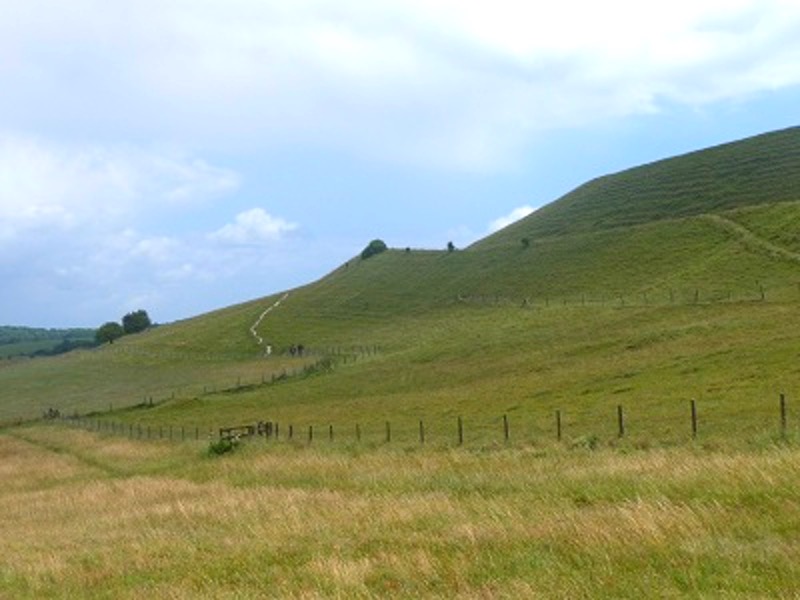
Hail Caesar
Julius Caesar conquered the continental Atrebates in 57BC. He appointed Commius as leader of the tribe, and Commius was later sent to Britain as Caesar’s envoy. Julius Caesar invaded Britain twice, in 55 and 54 BC. The first invasion, made late in summer, was either a reconnaisance mission or an unsuccessful invasion. The second attempt, a year later, was more successful, setting up a friendly king, Mandubracius, and forcing the submission of his rival, Cassivellaunus who had to return the land he had won back to the Trinovantes – an ally of Rome.
It is unclear if Commius was succeeded by a son of the same name, but a Commius is said to have assisted in Caesar’s second expedition and to have negotiated the surrender of Cassivellaunus. Commius ruled from about 30BC to 20BC when he was suceeded by his eldest son Eppilus. In turn Eppilus was succeeded by Verica in about 15AD. It is thought that Verica ruled between AD15 and AD40, no mean feat in these troubled times, and is thought to have been a good, stable leader.
The Coming of War
In about 40AD, the Catuvellauni under their leader Caratacus, son of Cunobellinus, attacked the Atrebates either as revenge or simply as part of their expansion into Southern Britain. King Verica of the Atrebates was expelled from Britain. Verica was an ally of the Romans and recognised as such, ‘Rex’ by them, this action thus precipitated a chain of events that ultimately led to the Roman Invasion of Britain a short time later.
The View from Rome
Gaius Julius Caesar was assassinated on 15 March 44BC, the Roman Republic fell and after some messy civil wars order was restored by Caesar’s adopted heir Augustus, who formed the Roman Empire and was named its first Imperator. Augustus died in 14AD at the age of 75 and was succeeded as Emperor by his adopted son Tiberius.
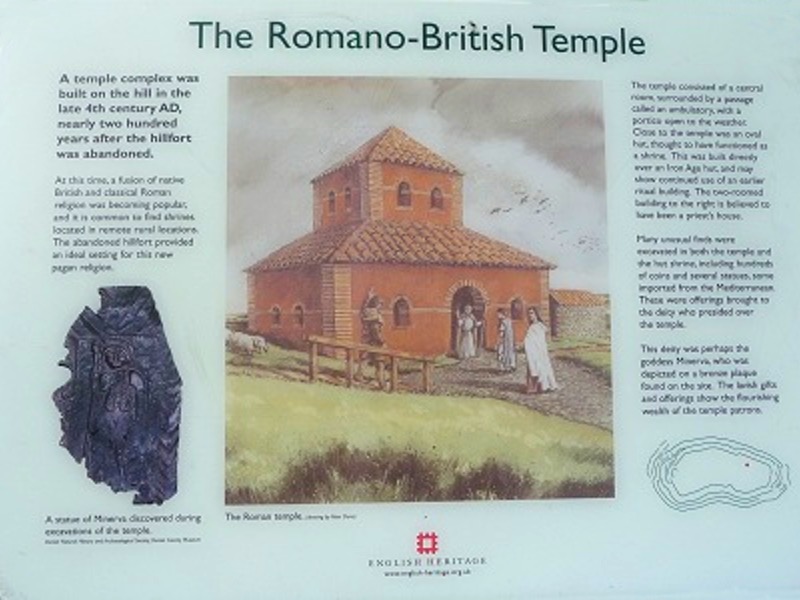
Tiberius Julius Caesar Augustus was a highly successful general and increased the size of the Empire. He died in AD37 and was succeeded by his adopted grandson, the infamous Caligula.
There are few surviving sources on Caligula’s reign, although he is described as a noble and moderate ruler during the first two years of his rule. After this, the sources focus upon his cruelty, extravagance, and sexual perversity, presenting him as an insane tyrant. While the reliability of these sources has increasingly been called into question, it is known that during his brief reign, Caligula worked to increase the unconstrained personal power of the emperor. In early 41 AD, Caligula became the first Roman emperor to be assassinated, the result of a conspiracy involving officers of the Praetorian Guard, as well as members of the Roman Senate and of the imperial court. The conspirators’ attempt to use the opportunity to restore the Roman Republic was thwarted: on the same day, the Praetorian Guard declared Caligula’s uncle Claudius emperor in his place.
I, Claudius
The reputation of Roman leaders was gained and enhanced mainly by victories on the battlefield. In the case of Claudius (Tiberius Claudius Caesar Augustus Germanicus), a man more interested in law books and history and very much a reluctant soldier, he was advised to take the opportunity given by the warring Britons to support his client king Verica and come to his aid. This would, he was assured, increase his popularity and prestige in Rome and amongst his countrymen.
The Roman Invasion
The actual landing place of the invasion is unsure. For many years it was thought that the Romans landed at Richborough in Kent, but recent thinking places the point of entry as Chichester in Sussex. The invasion was led by Aulus Plautius, Claudius’ most trusted General. The Emperor, with an eye to how this would be recorded historically, then arranged for the General ostensibly to be delayed crossing the River Thames. This allowed Claudius to come to his ‘rescue’ and lead the troops in Catuvellaunian capital of Camulodunum (Colchester).
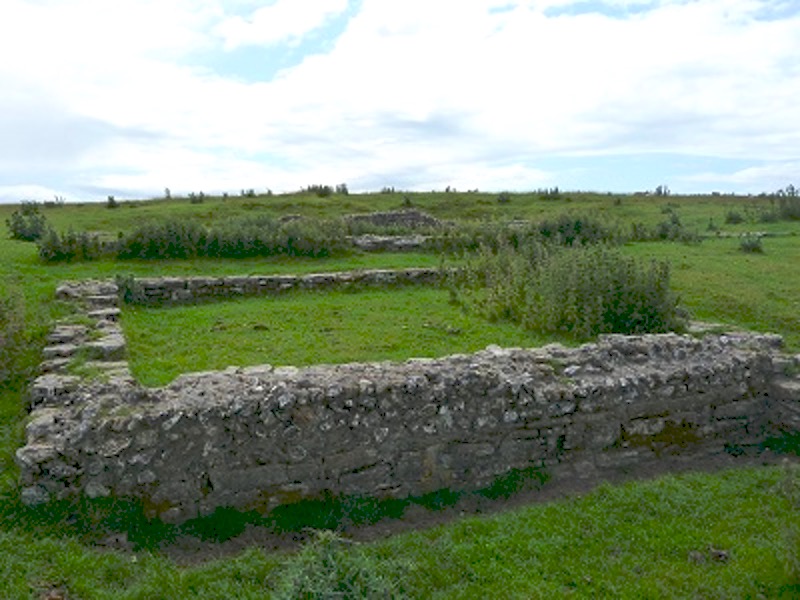
Roman Dorset
The Durotriges safe in their protected territory would probably not have known about the invasion until the Romans had already landed and become established. The Romans set about organising their armies, making the Second Legion Augusta (Legio II Augusta) responsible for the control of the southwest of Britain. It is documented that the Atrebates of Hampshire welcomed the invaders with open arms. This is possibly the reason for the speed of the Roman successes on the battlefield. Another factor is that the native tribes of these islands each had their own kingdoms and political agenda. They were often at war with their nearest neighbours and were collectively unable to see the ‘big picture’. A unified response may have delayed or even turned back the invasion and changed the history books forever.
Legio II Augusta made their base at Chichester (Noviomagus Reginorum) under their commander Flavius Vespasianus (Vespasian) – incidentally Emperor himself in AD69. Suetonius, his biographer, stated that he ‘went to Britain where he fought thirty battles, conquered two warlike tribes and captured more than 20 towns, besides the whole of the Isle of Wight.’
Archaeology
At Hod Hill, near Blandford Forum, archaeologists have found a number of ballista bolts, an early form of Roman artillery. It is thought that the inhabitants of the chain of Iron Age hill forts across southern Britain had little more than spears and slings to protect themselves against these awesome weapons. At the imposing Maiden Castle, near Dorchester, at least eight burials have been unearthed thought to date from the Roman attack itself, as well as a supply of stones to use as slingshots. Despite resisting the attacks on their territory, the hillforts of the Durotriges were systematically destroyed so that within a generation, by 70 AD, the tribe was already Romanised and securely included in the Roman province of Britannia.
Learn More
Some areas worth exploring are: The Roman fort at Shapwick, about two miles southeast of the Roman-British town of Vindocladia, formerly the Badbury Rings Hillfort and the fortresses at Lake Farm, near Corfe Mullen and Hod Hill.
To learn more about Roman Dorset, have a look at the excellent Roman Britain website. As you would expect, it features all you need to know about the Romans in Britain. Dorset County Museum has a wealth of Roman exhibits to explore in its Victorian Gallery. There is also a Roman Town House at Colliton Park in the grounds of County Hall, in Dorchester.
